The article “Archaeologists discover millennia-old iron production sites in Iran” was published by the Jerusalem Post on May 2, 2021. Kindly note that none of images and accompanying descriptions printed below appear in the original Tehran Times report.
Readers further interested in this topic may wish to consult the following resources:
= = = = = = = = = = = = = = = = = = = = = = = = = = = = = = = = = = = = = = = = = = = = = = = = = = = = = = = = = = = =
Archaeologists have discovered several millennia-old iron production sites across the Chahak rural district in Khatam county of Yazd province, a historical village in south-central Iran, a local tourism official announced on Saturday, the Tehran Times reported.
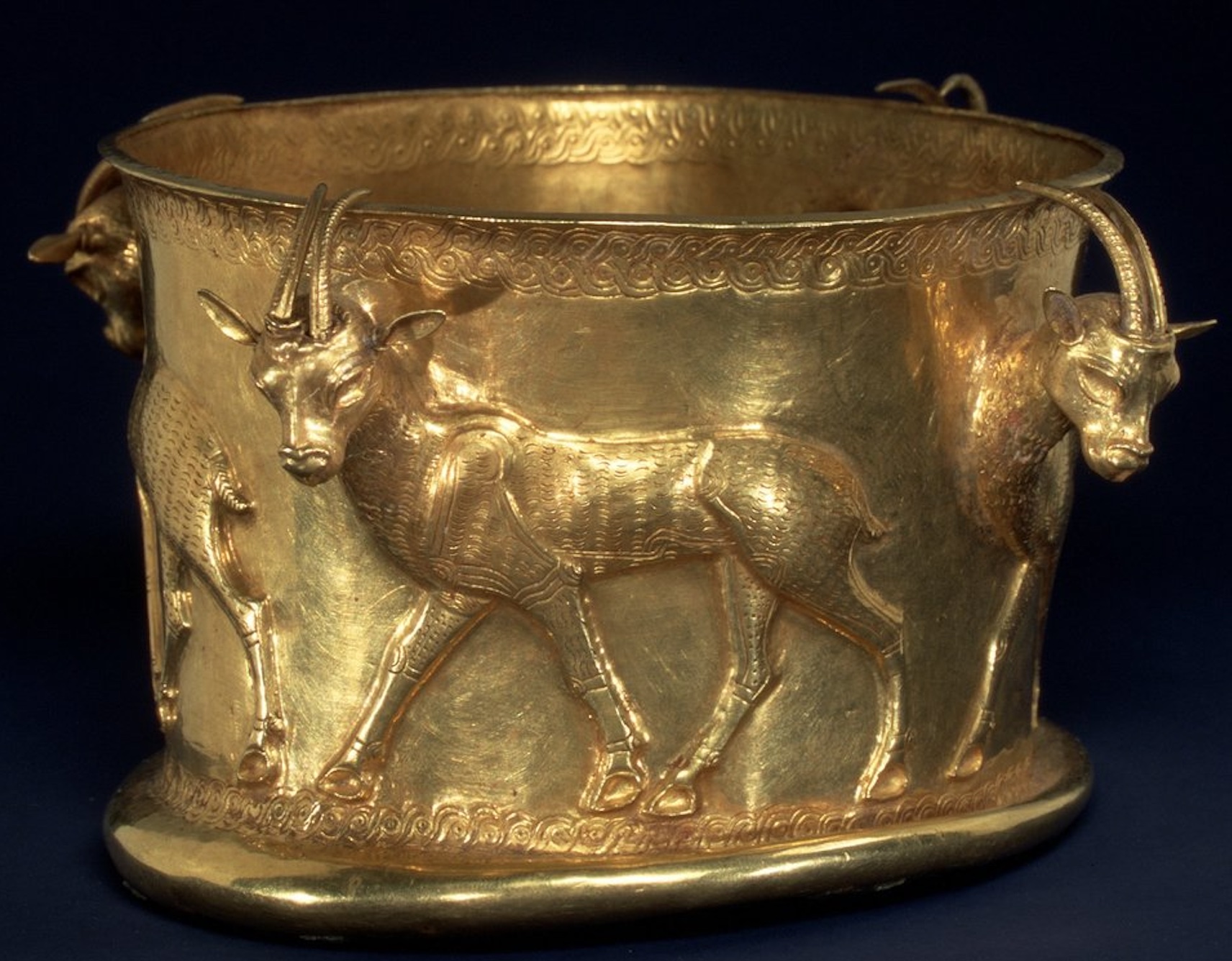
Iron-age metalwork excavated at the ancient site of Marlik, located in the north of Iran, to the Caspian Sea’s southwest (Source: Tehran Times).
This finding can be added to the 60 cultural and historical relics and sites that have already been discovered during a survey led by Iranian archaeologist Hossein Azizi under the supervision of the Research Institute of Cultural Heritage and Tourism. These sites include buildings, castles, aqueducts, tombs, cemeteries and hills.
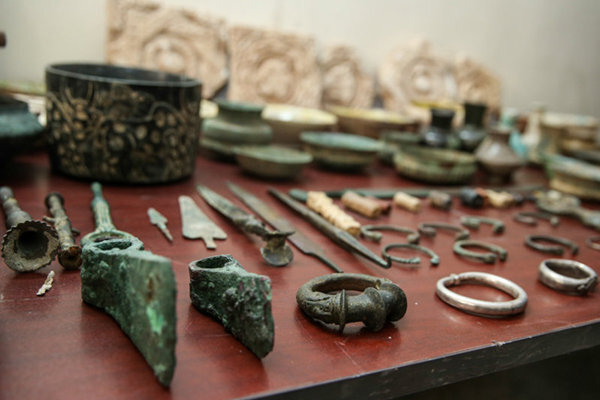
A display of a sample of a vast array of Iranian Iron Age items seized by Iranian law enforcement authorities from smugglers (Source: Tehran Times). Unfortunately, the smuggling of ancient artifacts out of Iran for profit has become a major challenge, despite the efforts of law enforcement to curtail these maladaptive activities.
The official reported that the oldest cultural elements that have been identified so far in this survey date back to the late Middle Paleolithic, a period about 25,000 to 35,000 years ago.
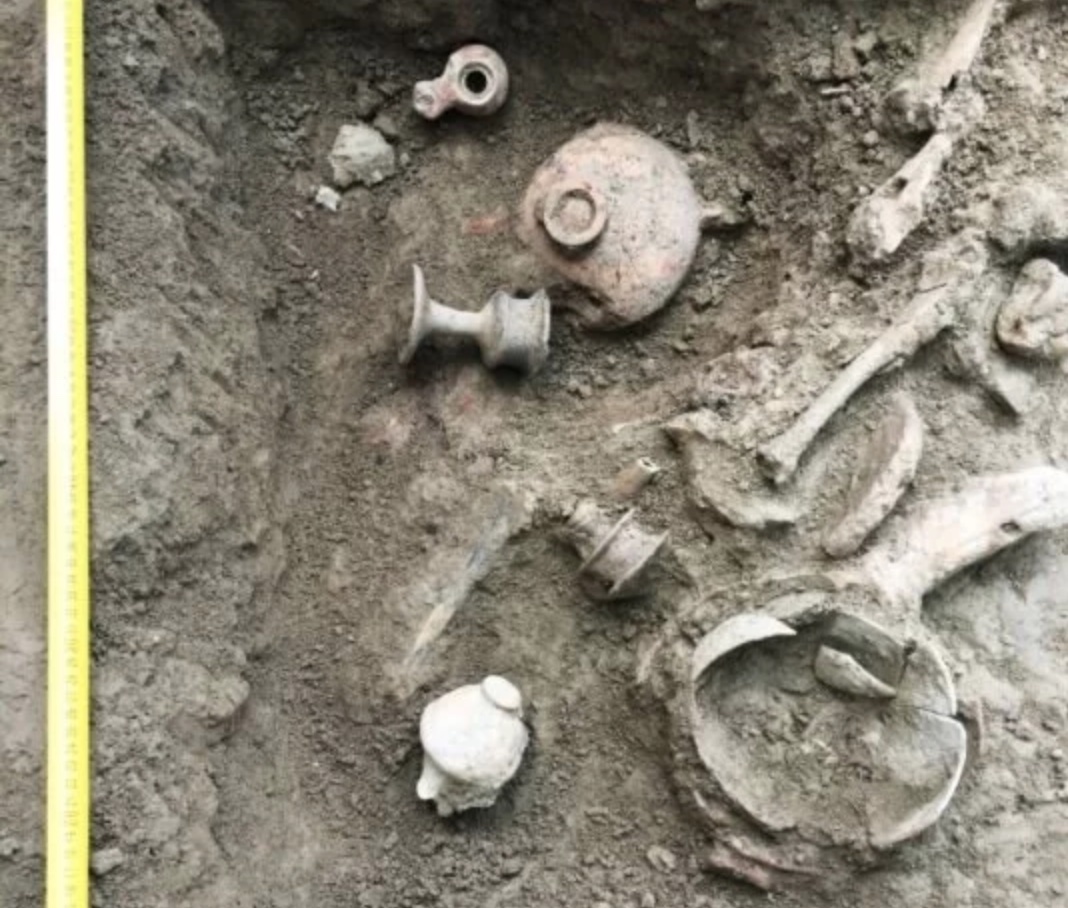
Excavation of archaeological items at Chahak (Source: Arkeonews). Iranian archaeologists have excavated a large number of thousands-year old iron production center within the ancient village of Chahak, located in Iran’s southcentral region.
The Tehran Times reported that available data suggest the production of iron objects was practiced in the region during the Achaemenid era.
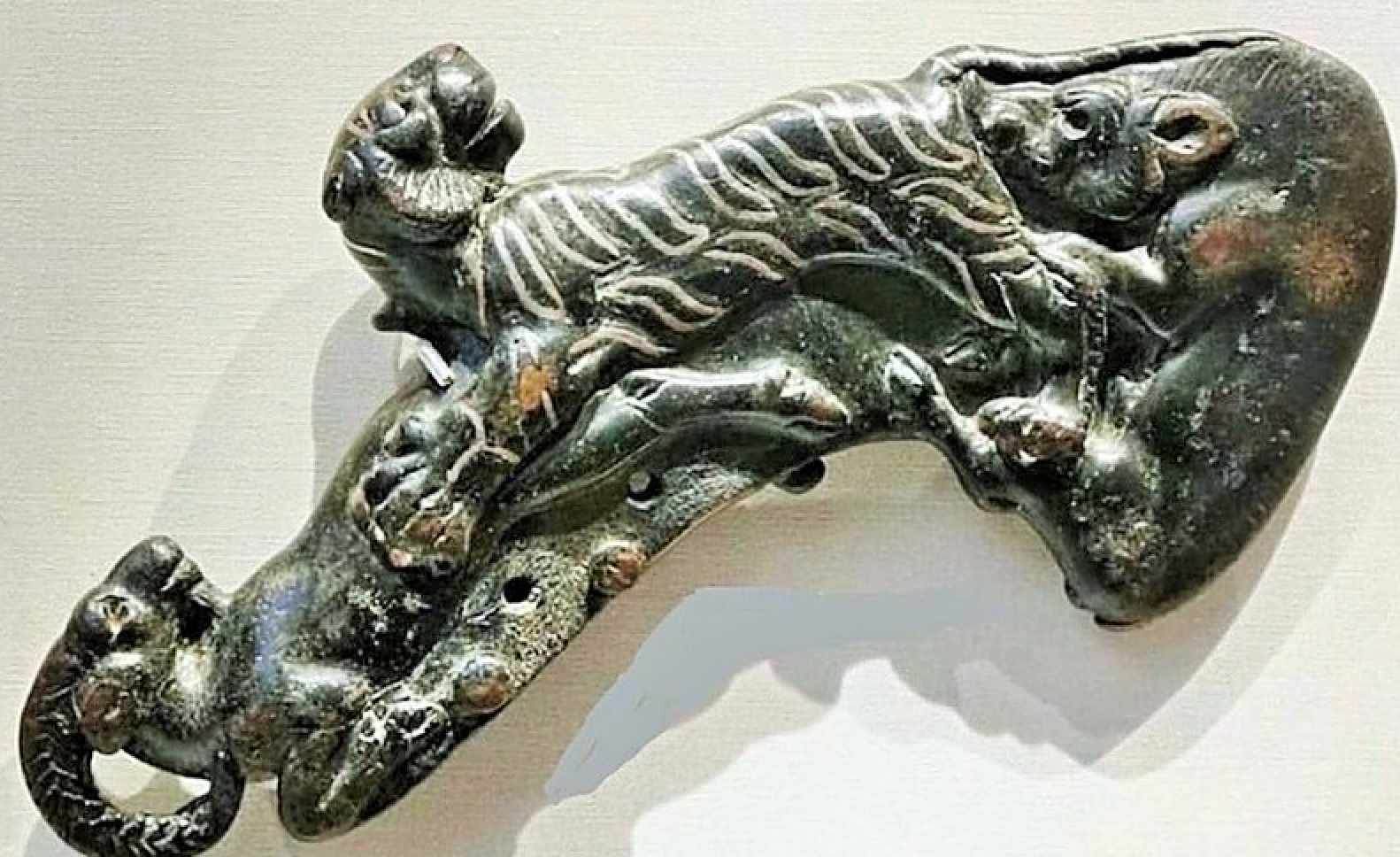
A pre-Achaemenid era ironwork item from Elam (Source: Mehraryae & Destination Iran).
Indeed, Iranian culture dates back nearly 2,500 years, to the days of Cyrus the Great and Darius, founders of the Persian Achaemenid dynasty (ca. 600 BCE) mentioned in the Bible which then ruled over the entire ancient Near East and Central Asia for more than 200 years.
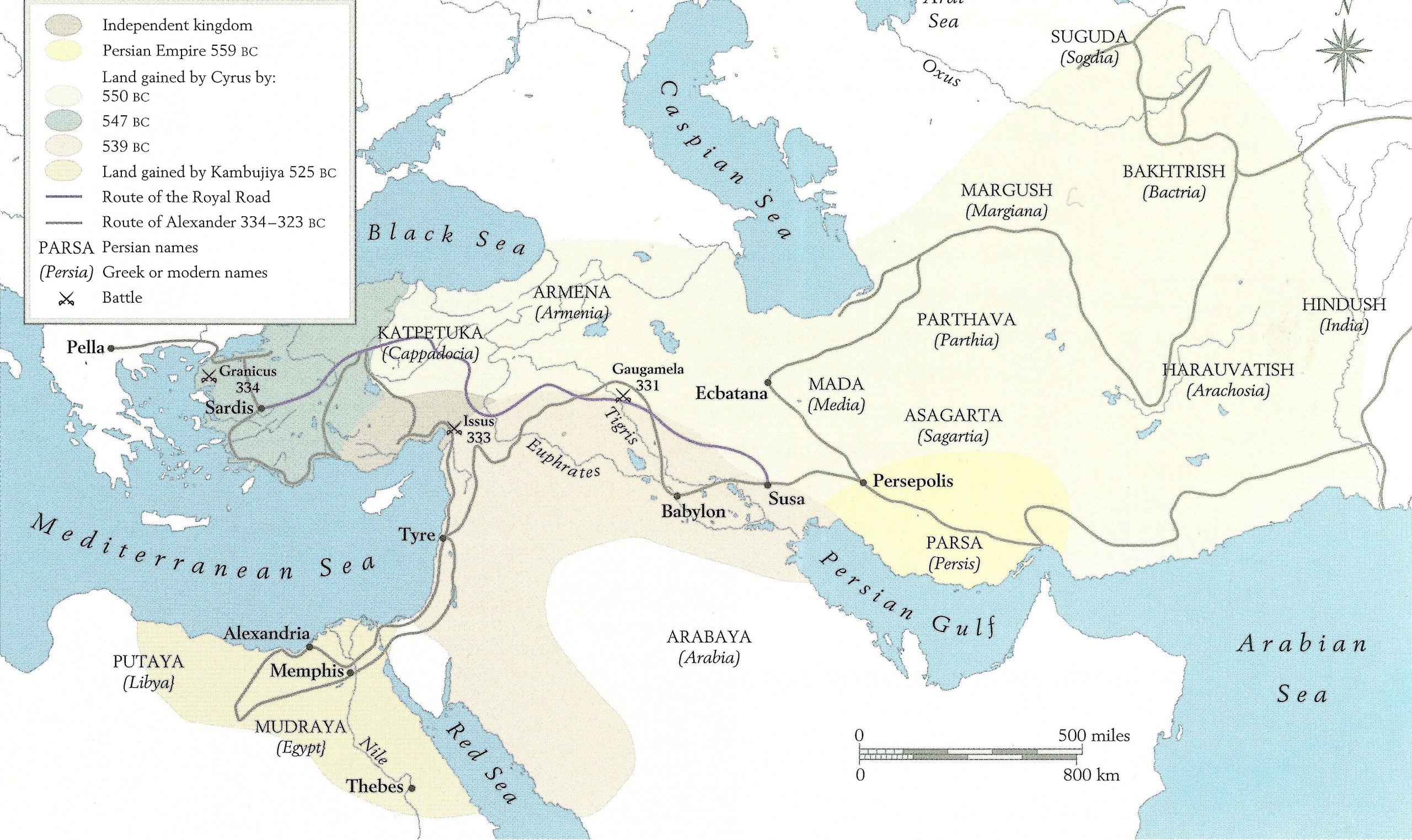
A map of the Achaemenid Empire drafted by Kaveh Farrokh on page 87 (2007) of the book Shadows in the Desert: Ancient Persia at War-Персы: Армия великих царей-سایههای صحرا-:
According to experts, the Times reported, Achaemenid art is a combinatorial art with both elegance and beauty. Some of the most elegant artifacts by Achaemenian artists include metal ware, especially bowls, which are one of the most important artifacts that have been discovered across the Achaemenid Empire.
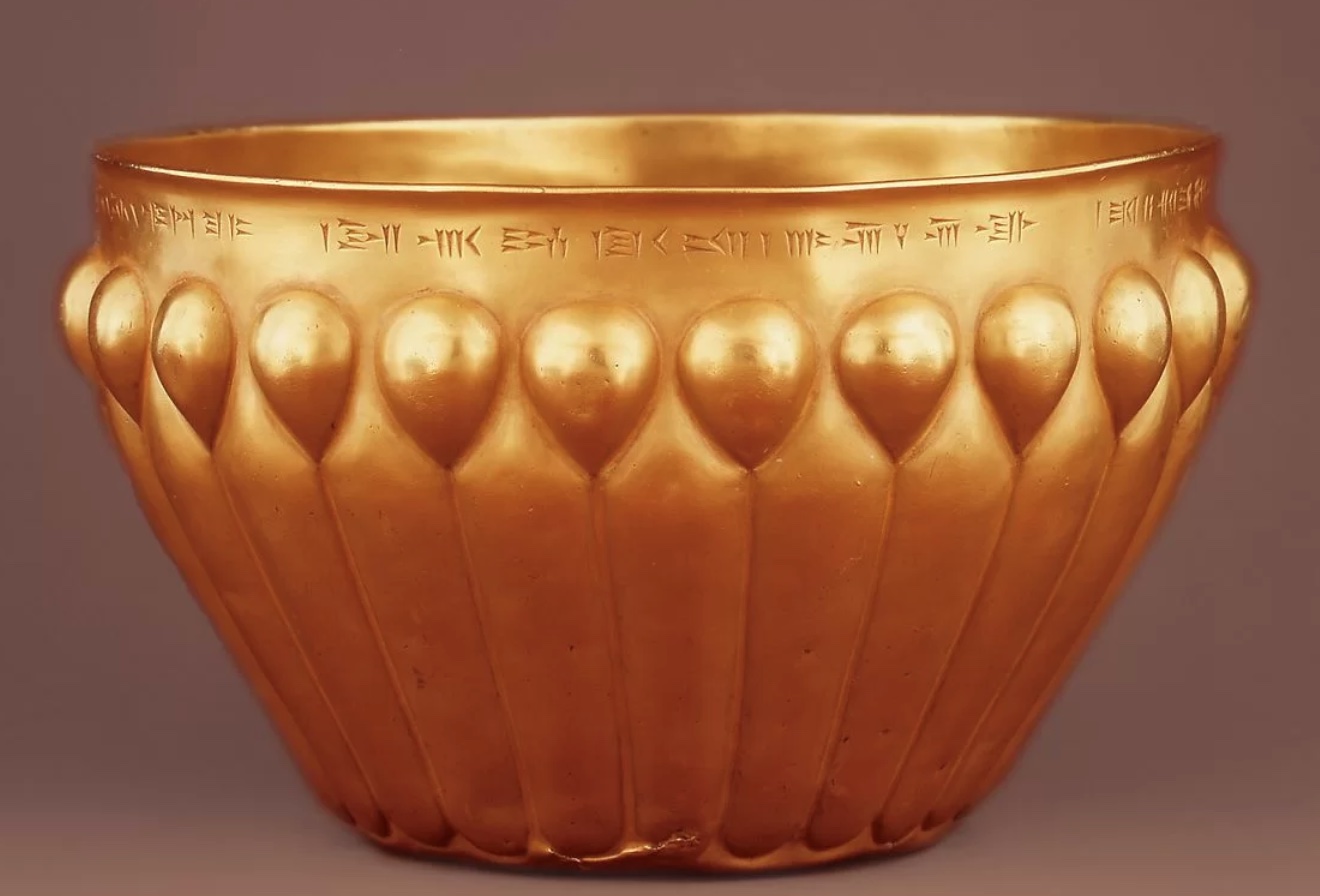
A golden bowl from the Achaemenid era (Source: Arkeonews).
Some of these bowls have royal inscriptions, which represent the importance of these objects in the Achaemenid court and have provided researchers with significant information about the metalwork, decorating style and techniques of production, as well as regarding commercial, social, economic and artistic communication.



